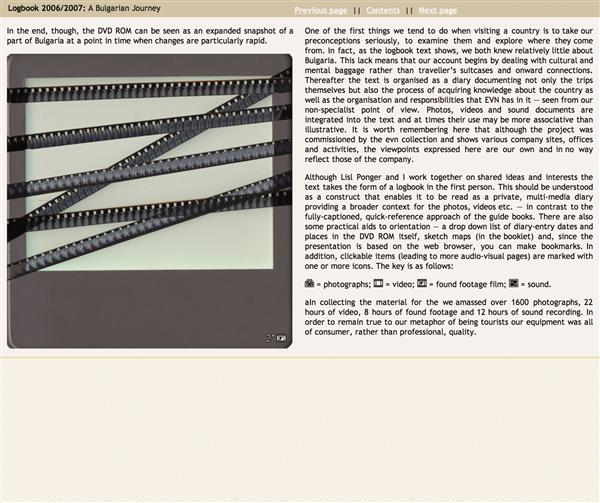The Tar Museum - Crocodile
Mark Dion
rubber, tar, wooden shipping crate
34 × 82 × 32 cm
2006
Acquisition 2008
Inv. No. 0175ab
As far back as he can remember, the American artist Mark Dion has always been preoccupied with plants and animals. His obsessive dealings with nature constitute the foundation of his work, the focus of which is on the symbolic staging of those ideas people commonly associate with nature. Dion’s allegories of collecting and his parables on such scientific facilities as natural history museums, zoos, and aquariums, including their methods of classification and presentation, are closely related to the artist’s primary passion. Dion examines nature’s representational systems and frequently connects up to the historical phase when the subjective order of curiosity cabinets gave way to the rational compartmentalization of museums. An imitator and performer, he adopts changing roles, acting as an entomologist, marine biologist, or traveling professor who takes notes and collects, orders, and names his finds, which may derive from such different places as the lagoon of Venice and the River Thames. Using Murano glass or civilization leftovers, a hunter’s belongings or a botanist’s utensils, the artist builds intriguing curiosity cabinets accommodating all of the world’s wonders. He arranges them on steps, neatly puts them into cases and drawers, accumulates them in wooden huts so that they will add up to sentimental piles and ciphers of collective knowledge.
For Mark Dion, nature is the result of complex, interwoven processes and the cultural construction and projection screen of human ideas. Crocodile (2006) forms part of the project “The Tar Museum,” which Dion assembled for an exhibition in Vienna in 2008. Animal models covered with tar, including geese, crows, and flamingos, were displayed on the crates in which they had been shipped. The viscous tar comes from organic compounds, yet it is destructive and kills life. For Mark Dion, it is diametrically opposed to fat as a nutrient and energy source: Joseph Beuys used fat as a material, and such works as Fat Corners and Fat Chair have become firmly established in the canon of art.
Another context in which tar plays a role is the cultural technique of narrative, such as in the fairy tale by the Grimm Brothers in which Frau Holle (Mother Hulda) punishes the ugly and lazy daughter with a rain of tar pitch that is to stick on her for the rest of her life.
“What was thought to be observation of life,” Mark Dion muses, “was actually the study of death.”
Brigitte Huck, 2011 (translation: Wolfgang Astelbauer)
Continue readingExhibitions
Now, At The Latest. videos and other attractions from the evn collection, Kunsthalle Krems, Krems, 2015
evn collection / institutional presentation, Viennafair, Vienna, 2011
iRonic: Die feinsinnige Ironie der Kunst, Städtische Sammlungen Erlangen, Erlangen, 2011
Black Whale, Museo de Arte Contemporáneo de Vigo, Vigo, 2007
Publications
Now, At the Latest, Maria Enzersdorf 2015, p. 36, 45
Lower Austria Contemporary 2011, St. Pölten 2011, p. 33
iRonic: The Subtle Irony of Art, Bielefeld 2011, p. 73
evn collection. 2006–2011, Cologne 2011, p. 154 f

